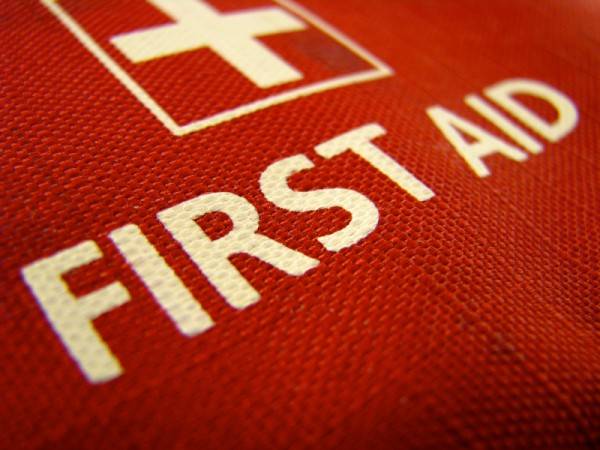Key Points:
- Knowing what to do in a choking emergency with a baby is essential since choking can be a life-threatening emergency.
- Signs of asphyxiation in a baby include coughing, gagging, difficulty breathing, odd noises, and turning red or blue.
- If a baby is choking, first try to let them cough out the object. If they can’t cough it out and are still conscious, give them five quick back blows between the shoulder blades and five quick downward thrusts to the middle of the sternum.
- If the baby loses consciousness or cannot clear the object, call 911 and be prepared to perform modified CPR on them.
Since choking can be a life-threatening emergency, staying calm is essential, and the best way to ensure that you keep your cool is knowing what to do!
Hopefully, you will never be in a situation where you’ll have to give first aid to your little one, but babies tend to bring everything into their mouths. This is a normal part of their development and exploration, but also might put them at an increased risk for choking! At this age, babies tend to choke on food, little toys and get caught in drawstrings and curtain cords. Everything around them could pose a risk.
That’s why in this article we’ll give you some tips and steps to follow if you find yourself in this situation.
Signs of asphyxiation
How can you know if your baby is choking? Be alert to the following signs. Something may be blocking the airways if your baby:
- Is coughing.
- Is gagging.
- Makes odd noises or no sound at all while opening their mouth.
- The skin turns bright red or blue.
- Isn’t breathing.
What to do if your baby is choking?
If your child is coughing or gagging, it means their airway is only partially blocked. If that’s the case, let them continue coughing. This will be the most effective way to free the blockage.
If your is baby is conscious but they can’t cough, cry, or breathe, and you believe something is trapped in their airway you can try these STEPS:
- Lay your baby face down over your forearm or on your lap if you can’t manage the forearm position.
- Support their head by placing your hand around their jaw, using your thigh for leverage.
- Give five quick back blows between the shoulder blades, using the heel of your free hand.
- If the object remains stuck, turn your baby face up, using your thigh or lap for support. Support their head, which should still be lower than their chest, and place two fingers on the middle of the sternum (breastbone). Give your child five quick downward thrusts (your fingers should be one finger-width below an imaginary line between your baby’s nipples).
- Repeat the back blows and chest thrusts until the object is visible and you can remove it.
Whatever you do, do not attempt to remove the obstruction yourself by sticking your hand down your baby’s throat. This may cause the object to become lodged more deeply, or you may damage your baby’s throat. If they can’t cough up the object, ask someone to call 911, while you continue to do black blows and chest thrusts. If your baby loses consciousness, you may need to perform modified CPR on them.
It’s always a good idea to know more about first aid and CPR! To find a class in your area, visit the Red Cross website or call (800- RED- CROSS).








